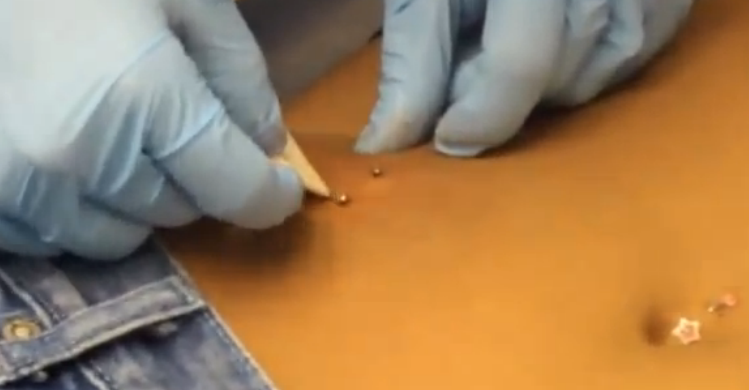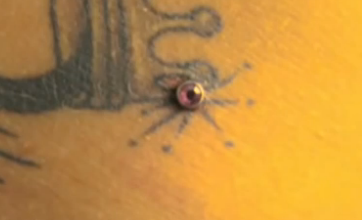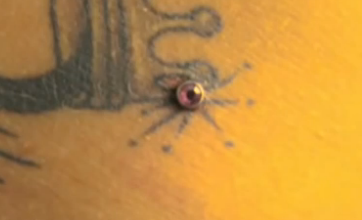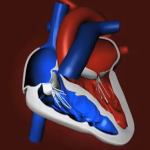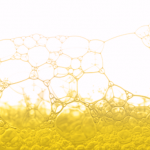Microdermal piercing is a kind of semi-permanent piercing of the body. It is also referred to as microdermal implants or dermal anchoring. As opposed to other types of body piercings, microdermal piercing can be done in a shorter time interval. It is relatively more simple and convenient to manage and is also more appealing to the eyes. Due to all these reasons, microdermal piercing has captured the imagination of people.
Different types of microdermal piercing jewelry
Microdermal piercing implants can be considered as a scaled-down version of transdermal implants, but which comes with a comparatively safer procedure. Microdermal implants comprise of two parts, i.e. the interchangeable jewelry and the anchor. The latter component is implanted below the skin.
Microdermal implants are pieces of jewelry that seamlessly project out from the skin surface like a beauty spot. The jewelry is attached via a threaded hole in the anchor’s step. It is possible to screw many different kinds of beads and gems on to the anchor. This allows you to replace the top part with another piece of jewelry as and when you so desire.
The flatter base of a microdermal implant comprises of holes. This unique design serves a medical purpose. After a microdermal piercing jewelry has been implanted, the tissues of skin tend to grow around and through the jewelry’s base. This enhances its stabilization and decreases the risk to adverse reactions or rejection. The rejection rate for microdermal piercings is only about two percent.
Microdermal piercing implants are available in different designs and styles. Some come with a big hole and an oval base that is slightly lengthier as compared to the normal implants. Others come with a small or a medium hole, along with an oval base that occurs on the other side of the screw.
Piercing aficionados can also opt for certain implants that have an oval base and one tiny hole on one side and two tiny holes on the other side of the screw. People can also go for a ‘curved base’microdermal piercing implants that have one small hole on one side and two tiny holes on the other side.
Microdermal piercing: The procedure
After you have made the choice of jewelry and selected the area of body where you wish to have a microdermal piercing, the microdermal piercing artist will sterilize the area with the help of a surgical scrub. He/she will mark the precise site of microdermal piercing with a toothpick or surgical ink. A dermal punch will then be used to remove the marked spot.
A dermal punch is a type of surgical equipment or tool. It is not the same as surgical needles, as it does nor remove the skin but rather separates tissues. The microdermal piercing artist will then insert the anchor into the skin with the help of forceps. In most cases, the anchor is inserted vertically so that it easily slides into the skin.Later, the anchor is further pushed downward in a curved route. It is important for the anchor to be parallel to the skin surface, else it may appear crooked or tilted. Once the anchor is placed firmly, the artist will attach the jewelry to it. The jewelry piece may also be placed after the microdermal piercing wound heals completely.
Caring for microdermal piercing implants
Most skin wounds tend to heal naturally. The same is the case with microdermal piercing. Leaving it undisturbed will allow the wound to heal properly.
- Healing from microdermal piercing normally takes around one to three months. Aftercare recommendations for microdermal piercing may vary from one artist to another. However, most artists will advise people to keep the pierced area dry, clean, and clear of any irritants. They may also suggest avoiding swimming or using sprays or lotions on and around the microdermal piercing area, till it has fully healed.
- Microdermal piercing often results in bleeding. Once the bleeding has stopped, the area should be covered with a bandage. This will guard it from water and germs, as well as hold the anchor firmly in its place.
- Avoid changing the bandage or trying to clean the skin below it. Consult a doctor for knowing the correct time to remove the bandage. After the bandage is removed, follow the self-care guidelines to maintain hygiene and prevent irritation of the pierced area.
- You may clean the microdermal pierced area with a solution of salt and lukewarm water, once a day. It is important to not excessively clean or scrub the skin.
Does it pain?
The pain in most cases, is tolerable. One may feel a slight pinch, until the needle passes through the skin. After it is through, there is not much pain.
Microdermal piercing: The cost
The cost of microdermal piercing varies from one piercing artist to another. It is also dependent on the body area that you wish to pierce. In most cases, a microdermal piercing may cost about $75.
Microdermalpiercing is a complex procedure. Hence, people should get it done only by a professional. You should also consult a professional if you wish to remove a microdermal piercing.
Microdermal piercing pictures
